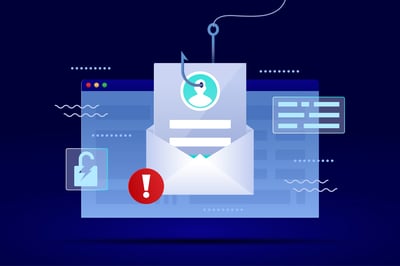 Threat actors are using encoded phishing links to evade security filters, according to Jeremy Fuchs at Avanan. The phishing emails purport to be notifications from McAfee informing the user that they need to renew their subscription.
Threat actors are using encoded phishing links to evade security filters, according to Jeremy Fuchs at Avanan. The phishing emails purport to be notifications from McAfee informing the user that they need to renew their subscription.
“This is a fairly standard McAfee subscription scam,” Fuchs says. “We see these all the time and they’ve been floating around the Internet for some time. But that’s not what makes this attack unique. What makes it unique is what’s hiding under the Renew Membership button. It’s linked to the following IP address: 0xd.0125.0x50.0236.”
This IP address is encoded and will transform into a normal format when the link is clicked, taking the user to a phishing page.
“What’s happening is that attackers are hiding the intent of the target page,” Fuchs writes. “Because URL filters are unable to determine the intent of an obfuscated page, the malicious email can reach the inbox. The idea is to blind anti-phishing scanners so that they can’t see the danger. This allows the end goal, in this case, malicious sites, to more easily make the inbox. And since users can’t see the obfuscation, they are more likely to click.”
Despite the clever use of an obfuscated link, a trained user would be able to recognize the scam before clicking on the link.
“This email is probably not the hackers’ strongest offering–the McAfee renewal scam has been around forever,” Fuchs says. “The sender address isn’t legitimate. The reply-to address is different from the sender address. The link–both the seen version and the magic version–aren’t typical links, they are just IP addresses. So there are many things that would tip off an eagle-eyed end-user.”
New-school security awareness training can teach your employees how to recognize social engineering attacks.
 Here's how it works:
Here's how it works:




